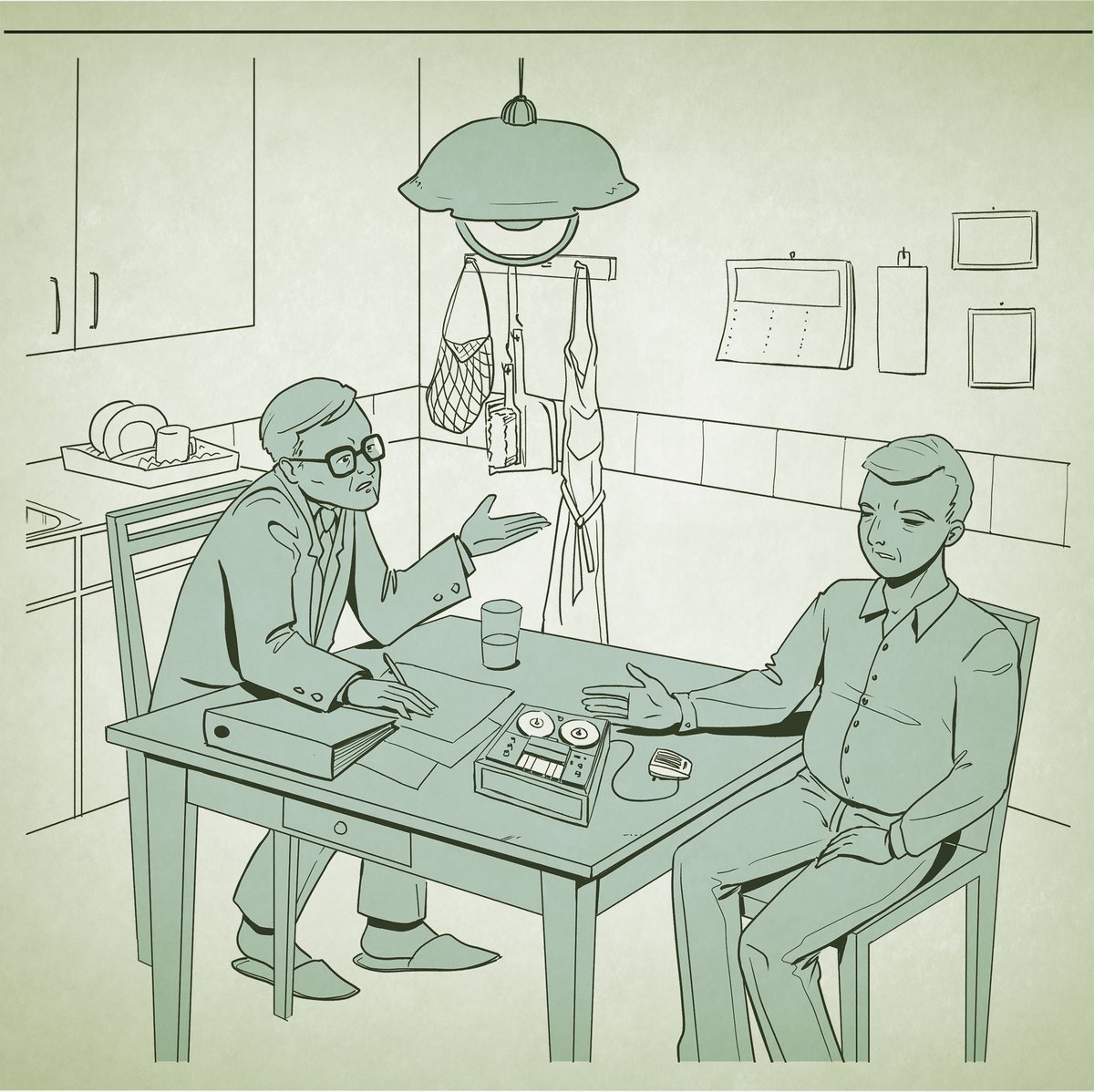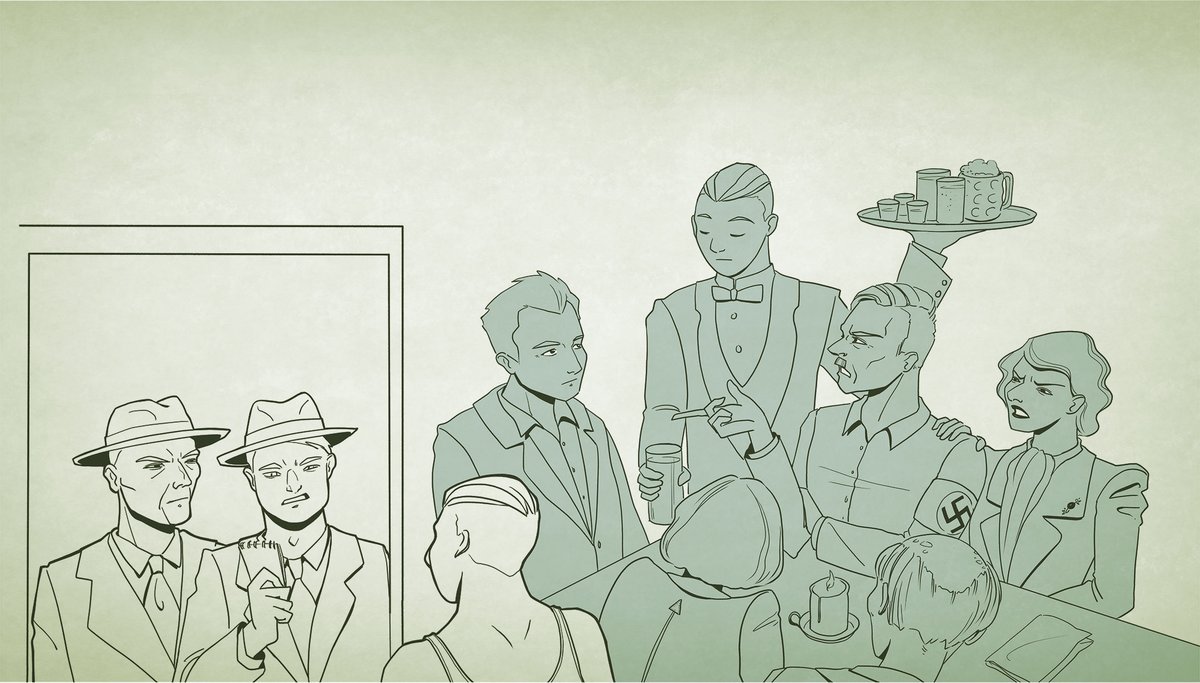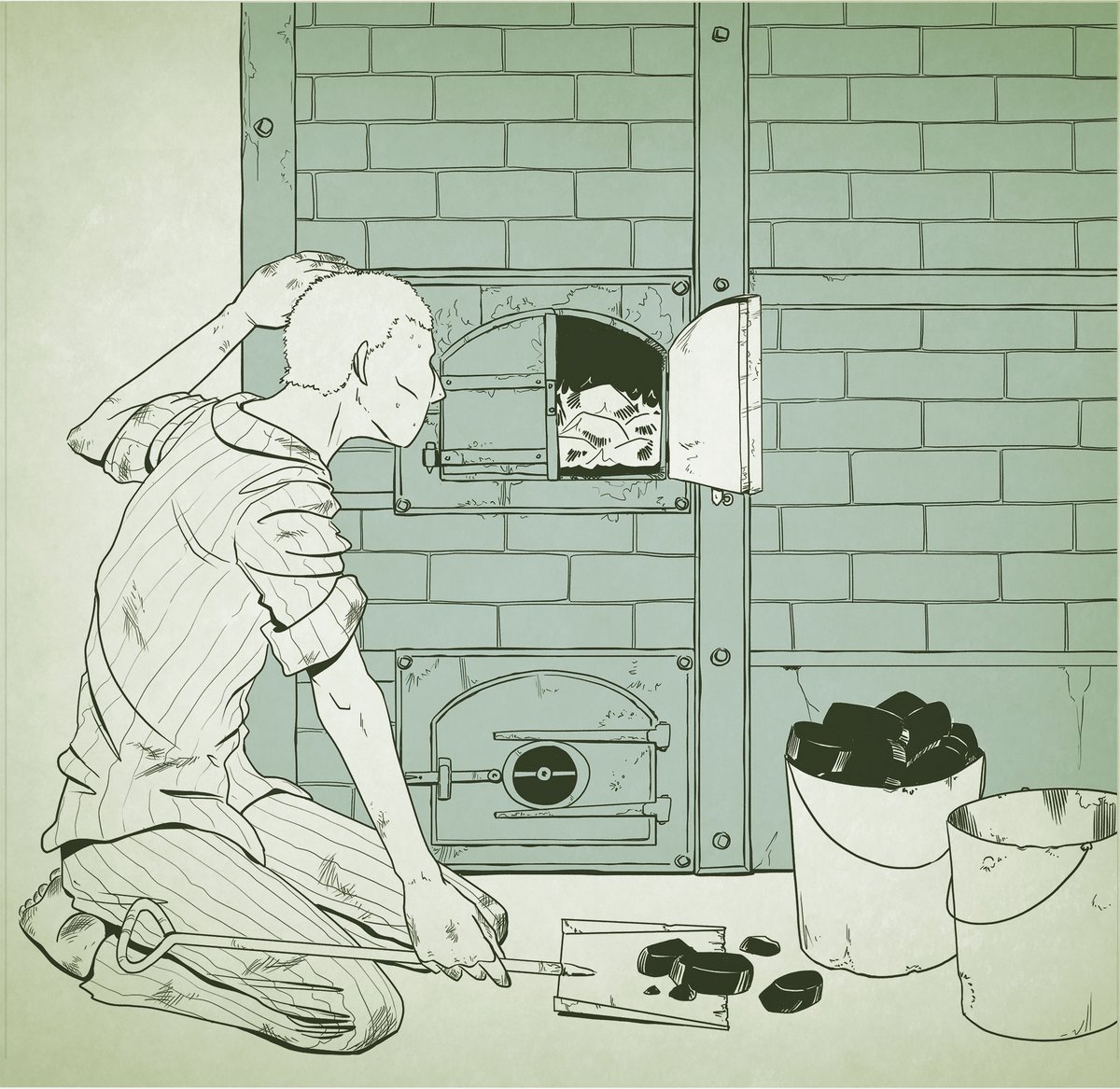In 1938, in a small town in Upper Austria, one of the many Nazi concentration camps was constructed. It was known as the Mauthausen concentration camp. It existed from 1938 to 1945. The camp was run and guarded by the SS. The people who were imprisoned here came from many countries in Europe: Poland, Russia, France, Italy, Germany, Austria and others. They were political opponents, belonged to marginalised groups (e.g. ‘criminals’, ‘asocials’) or were persecuted for anti-Semitic and racist reasons (e.g. Jews). Most of the prisoners were men, but there were also women and children. In the Mauthausen quarry, the prisoners carried out hard forced labour.
In the more than 40 subcamps (Gusen, Steyr, Linz, Ebensee, Vienna ...), they were deployed in the arms industry. People lived in overcrowded accommodation. They were not given enough food and clothing, and they starved and died of diseases. SS men beat many prisoners to death, shot them or murdered them in the gas chamber at Mauthausen. In total, almost 200,000 people were imprisoned at Mauthausen and its subcamps. Half of them lost their lives.
The Mauthausen concentration camp was on a hill and could be seen for miles around. Many people were involved with the camp: they worked there, brought deliveries or knew SS men. Almost everyone knew about the death camp. Often, the SS men committed the crimes in full view of the population. On 5 May 1945, the Mauthausen concentration camp was liberated by US troops.
Here you will read the story of a person who was connected with the Mauthausen concentration camp.
Johann Kanduth
Text: Evelyn Steinthaler – Illustration: Nina Hable

In May 1968, Johann Kanduth receives a visitor in his apartment on Nietzschestraße in Linz. The visit has to do with Kanduth’s past: Hans Maršálek wants to talk to him about his time in the Mauthausen concentration camp, where they were both prisoner functionaries. Maršálek was second camp clerk and Kanduth was Kapo of the crematorium unit. In December 1981, Maršálek visits Johann Kanduth again to ask him about his memories of the Mauthausen concentration camp and his life story.

Johann Kanduth is born in Graz in 1908. When Austria is annexed to Nazi Germany in March 1938, he is working as a waiter in Graz. Kanduth is 29 years old; he is divorced and has no children. His work situation is uncertain, and he plans to go to Switzerland.
In June 1938, two plainclothes policemen call at Kanduth’s apartment early one morning. They tell him he is being deployed as a labourer somewhere in Germany. Then they ask him where he was the evening before. He was working at the guesthouse where he is employed as a waiter. A Jewish guest sat down at the table of a National Socialist, and Kanduth did nothing to prevent it. Kanduth refuses to be deployed. He is deported to the Dachau concentration camp later that day.
At the camp, he is categorised as an ‘asocial’ person. In March 1939, he is transferred to the Mauthausen concentration camp. His transport arrives in the middle of the night. To get up to the camp, the prisoners have to go through the quarry. At this time, the Mauthausen concentration camp consists of ten barracks. There are no beds for the newcomers; they have to lie side by side on the barrack floor like sardines.

In Mauthausen, Kanduth has to wear a black triangle, which identifies him an a ‘asocial’; his prisoner number is 1196. Initially, he is sent to the quarry, the most arduous labour detachment in Mauthausen. After a month, he is assigned to the construction unit. Although Kanduth is only 1.63 metres (5’4”) tall, he is strong enough to survive these gruelling jobs. After the quarry and construction work, Kanduth joins the potato peelers in the prisoners’ kitchen. Working in the prisoners’ kitchen is popular because they have access to extra food. The prisoners regularly only get soup, spoiled meat and mouldy bread, which is barely enough to survive.
In May 1940, the first crematorium at the Mauthausen concentration camp begins operations, and Kanduth has to join the crematorium unit. Up till now, the camp’s dead have been cremated in the municipal crematoria in Steyr and Linz. To begin with, Kanduth works as a stoker. He also has to push the bodies into the incinerator. Due to the large number of bodies, work is carried out in shifts. The dead are burned day and night.
From 1942, there is a gas chamber in the Mauthausen concentration camp. When it goes into operation, Kanduth has to carry seriously ill prisoners who can no longer walk into the gas chamber. By the end of April 1945, at least 3,500 people – Soviet prisoners of war, resistance fighters and weakened prisoners – are murdered in the gas chamber.

In October 1943, several Soviet women are housed in the Mauthausen concentration camp for almost two weeks before being transported to the Auschwitz-Birkenau concentration camp. Johann Kanduth comes into contact with one of these women, Wanda Logwinowa. They sometimes meet and write letters to each other in secret. On 15 October 1943, Wanda writes: ‘My dearest Hans! This is my last letter. I have a request: always think of me. I will always write.’ Kanduth does not hear about what happens to Wanda after this.

After some time, the SS assigns Kanduth to the position of Kapo of the crematorium unit. He is responsible for two crematoria. His duties include arranging repairs and ordering coal and diesel.
Soon he becomes the assistant of Martin Roth, the SS man in charge of the crematorium, who also carries out killings in the gas chamber. Kanduth’s tasks include cleaning Roth’s office. He has a key to the office so that he can do this when Roth is away. When Roth’s radio needs fixing, Kurt Pany, a Czech prisoner, fits it with a shortwave coil. This allows them to secretly listen to the German-language station of the British Broadcasting Corporation (BBC), which reports on the war. They spread the news around the camp.
Kanduth gets a stomach illness and spends time in a bed in the Infirmary. He is one of the prisoners who are subjected to vaccination experiments in Mauthausen.
At the end of April 1945, the prisoners of the crematorium unit are shot dead. Kanduth is warned by his SS boss Roth and is able to hide in time. He survives and later says nothing bad about Martin Roth at his trial in 1970. Roth is sentenced to seven years in prison for accessory to multiple murders.
After the Mauthausen concentration camp is liberated, Johann Kanduth lives in Linz. He stays in touch with other former prisoners – and also with Martin Roth. He tells Hans Maršálek this in December 1981. The former SS man and the former Kapo send each other Christmas cards for decades.
Johann Kanduth dies in Linz in 1984.
- 1908 Johann Kanduth is born in Graz
- 1914 28 July – Start of the First World War
- 1918 11 November – End of the First World War
- 1933 30 January – Adolf Hitler becomes Reich Chancellor in Germany
- 1933 March – Dachau concentration camp is established near Munich
- 1938 12 March – ‘Anschluss’ (‘Annexation’) of Austria to Nazi Germany
- 1938 June – Johann Kanduth is arrested and sent to the Dachau concentration camp, where is categorised as an ‘asocial’ person
- 1938 8 August – Construction begins on the Mauthausen concentration camp
- 1939 March – Kanduth is transferred to the Mauthausen concentration camp
- 1939 1 September – Start of the Second World War
- 1940 Kanduth is assigned to the crematorium unit
- 1943 Johann Kanduth and Wanda Logwinowa exchange secret letters in the Mauthausen concentration camp
- 1945 Early May – Kanduth survives with the help of SS man Martin Roth
- 1945 5 May – The Mauthausen concentration camp is liberated by the US Army
- 1945 8 May – Nazi Germany surrenders; end of the Second World War in Europe
- 1968 Hans Maršálek interviews Kanduth for the first time
- 1970 Kanduth testifies in court in defence of Martin Roth
- 1981 Hans Maršálek interviews Kanduth for the second time
- 1984 Johann Kanduth dies in Linz
Further reflection in groups...
Which labour detachments was Johann Kanduth assigned to at the Mauthausen concentration camp and what did you learn about the different detachments?
Why do you think that former Kapo Johann Kanduth and former SS man Martin Roth continued to stay in touch after the camp was liberated in 1945?
When you walk past the crematoria on your visit to the Memorial, what thoughts go through your mind after reading about Johann Kanduth?
You will find numerous monuments and plaques at the Mauthausen Memorial. Why do you think there is no memorial plaque for the ‘asocial’ prisoners?